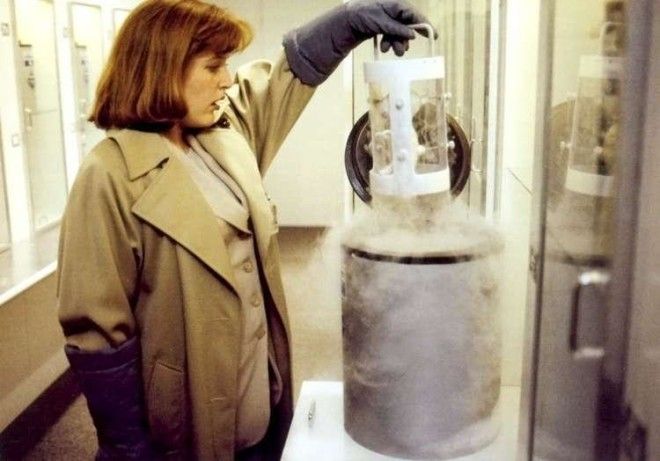
In this episode, Mulder and Scully investigate the case of a woman full of poisonous gas. The woman was in an accident, and when paramedics inserted a needle into her chest, the gas overcame them.
An incident very similar to this occurred in California in the early ‘90s. A woman entered the ER, and when she had blood drawn a strange ammonia-like scent emerged from her body and made the entire emergency room staff ill. She died a few days later, and while it was never determined precisely what caused her to have toxic blood, the woman’s autopsy suggested that she probably had been using dimethyl sulfoxide as a home remedy, which turned into dimethyl sulfate in her blood when she was defibrillated.

Made one of the Files’ most famous episodes because networks refused to air it, “Home” dealt with issues of incest and abuse in a small Pennsylvania town. While the episode’s characters and story were fictional, they were based on the Ward Family. The Ward brothers had notably low IQs, were illiterate and hermits. When the eldest brother was found dead one morning, his family became the center of a murder
trial. The townsfolk maintained that the Ward family — while strange — was harmless. Whether or not they were guilty, the charges were dropped when it was realized the brothers had been coerced into a signing a statement of guilt– which they couldn’t have understood due to their illiteracy.
Space

Series creator Chris Carter wanted to write this episode after seeing news reports about “the face on Mars.” Exploring the phenomenon of pareidolia, this episode also used a lot of NASA stock footage and capitalized on the disappearance of the Mars Observer around the time of the episode’s production. In the episode, the human space face was malevolent and murderous. In real life, it was probably just sand.
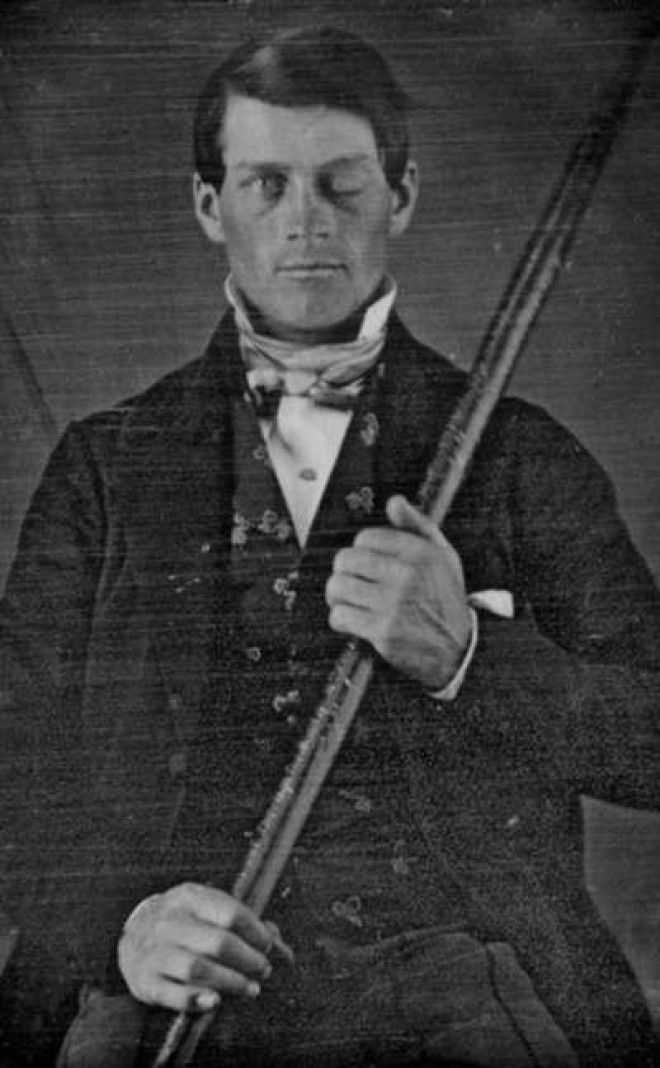
Scully and Mulder spend a considerable amount of time interviewing and investigating the case of Duane Barry, who believes he was abducted by aliens. Medical doctor Scully discovers that his frontal lobe was damaged by a gunshot wound decades earlier, which helps explain Barry’s odd beliefs.
Chris Carter notes that many aspects of Barry’s story and character were taken from the case of Phineas Gage, the man who survived being impaled by a railroad spike only to have his entire personality shift as a result of the brain injury he experienced.
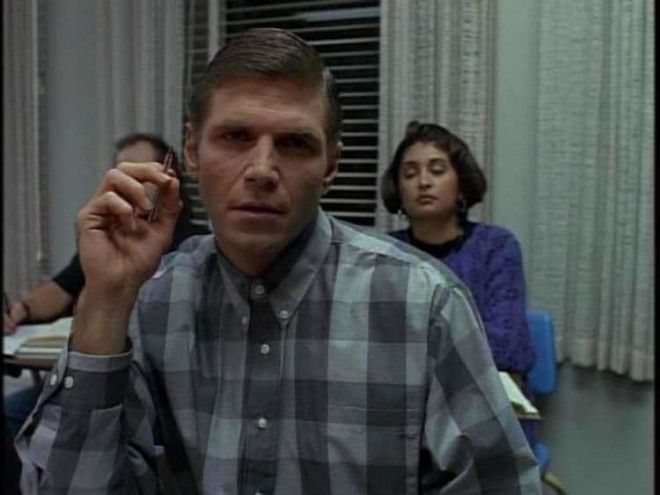
One of the series’ most memorable episodes actually had no paranormal elements at all, just a serial killer taunting Scully named Donnie Pfaster. The character was originally written as a necrophiliac, but the network refused to air an episode with that extreme of a plot. Still, the character was heavily based on Jeffrey Dahmer and the experiences that his hostages reported during their capture, including apparent “shape shifting” by the killer–which was integrated into the episode in a literal sense.

Our TownThis memorable episode on cannibalism at a chicken factory wasn’t based on a real event (well, that we know of). But the prion disease that people got from ingesting human flesh is based on a real condition: Kuru is a disease that the Fore people of Papua New Guinea are vulnerable to because they practice cannibalism as part of their cultural rituals. It’s a transmissible spongiform encephalopathy, meaning that when the prion found in humans is ingested, it causes neurological symptoms. The name comes from the Fore word for “shaking”, which is the hallmark symptom of the disease.
Oubliette

The story of a young girl’s stalking and kidnapping was influenced by a kidnapping/murder case that was receiving ample media attention when the episode aired. 13 year old Polly Klaas had been abducted during a slumber party and was eventually strangled, and California news outlets were in a frenzy to follow the case. Since
Advertising
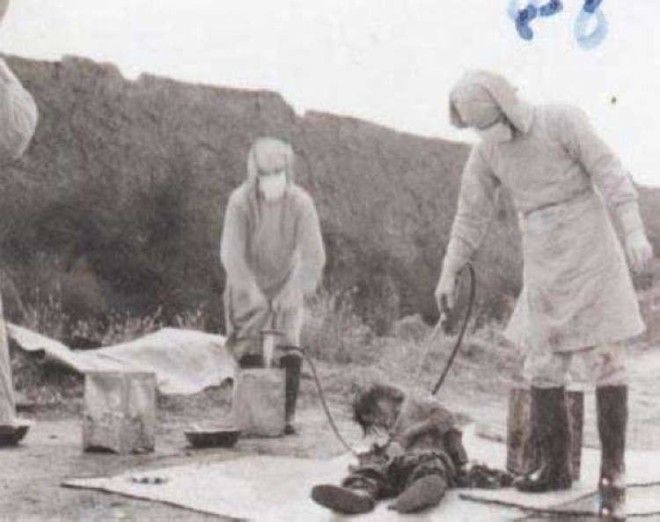
This two-part episode arc was based on the real Unit 731 of the Japanese Imperial Army. In the mid-90s, many were learning about the atrocities the unit committed during World War II, and Carter felt that the stories of human experimentation during wartime almost constituted a real-life X-File. Unit 731 was not tried for war crimes despite the fact that they subjected humans to biochemical warfare agents, medical torture and rape and forced pregnancies and vivisection. Many countries, including the United States, agreed not to try the researchers at Unit 731 in exchange for the information and data gathered from their studies, much of which went directly into the development of the U.S. biological warfare program.
Folie à Deux

This episode took its title and concept from a real-life psychological phenomenon where two people share a single delusion. The phrase is french for “madness shared by two.” Written by veteran X-Files writer Vince Gilligan (of Breaking Bad fame), this episode was inspired by the terrifying concept of seeing monsters that no one else appears to be able to see.
Tunguska/Terma
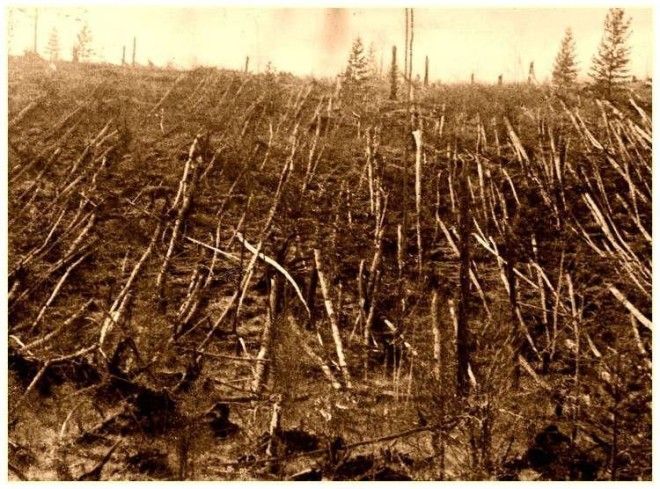
One of the major episodes part of the “mytharc”, Tunguska was based on actual events that took place in Russia in 1908. A massive explosion occurred in a forest near the Podkamennaya Tunguska River in Siberia. The explosion continues to perplex scientists, because the source of the explosion appeared to be something very large and extraterrestrial that had crashed into the Earth. Eyewitnesses report seeing an object careering through the sky that morning, but once it hit the ground and created an enormous crater, there was no trace evidence of anything. Many have termed Tunguska “The Russian Roswell”, believing that it was the country’s most notable extraterrestrial encounter.
The Sixth Extinction/Amor Fati
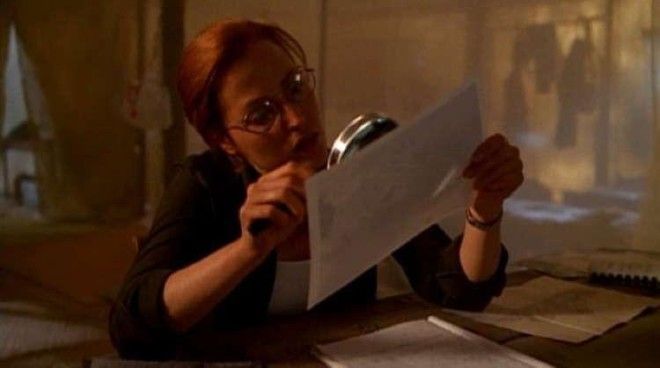
The “ancient astronaut” theory played quite heavily into this story arc that started off the series’ sixth season. The theory postulates that aliens have visited Earth and made contact with humans many times in the very distant past of human history, implying that the concept of God was brought to Earth by extraterrestrials. The hypothesis supposes that humans perceived the advanced technology of these ancient aliens as divinity.

